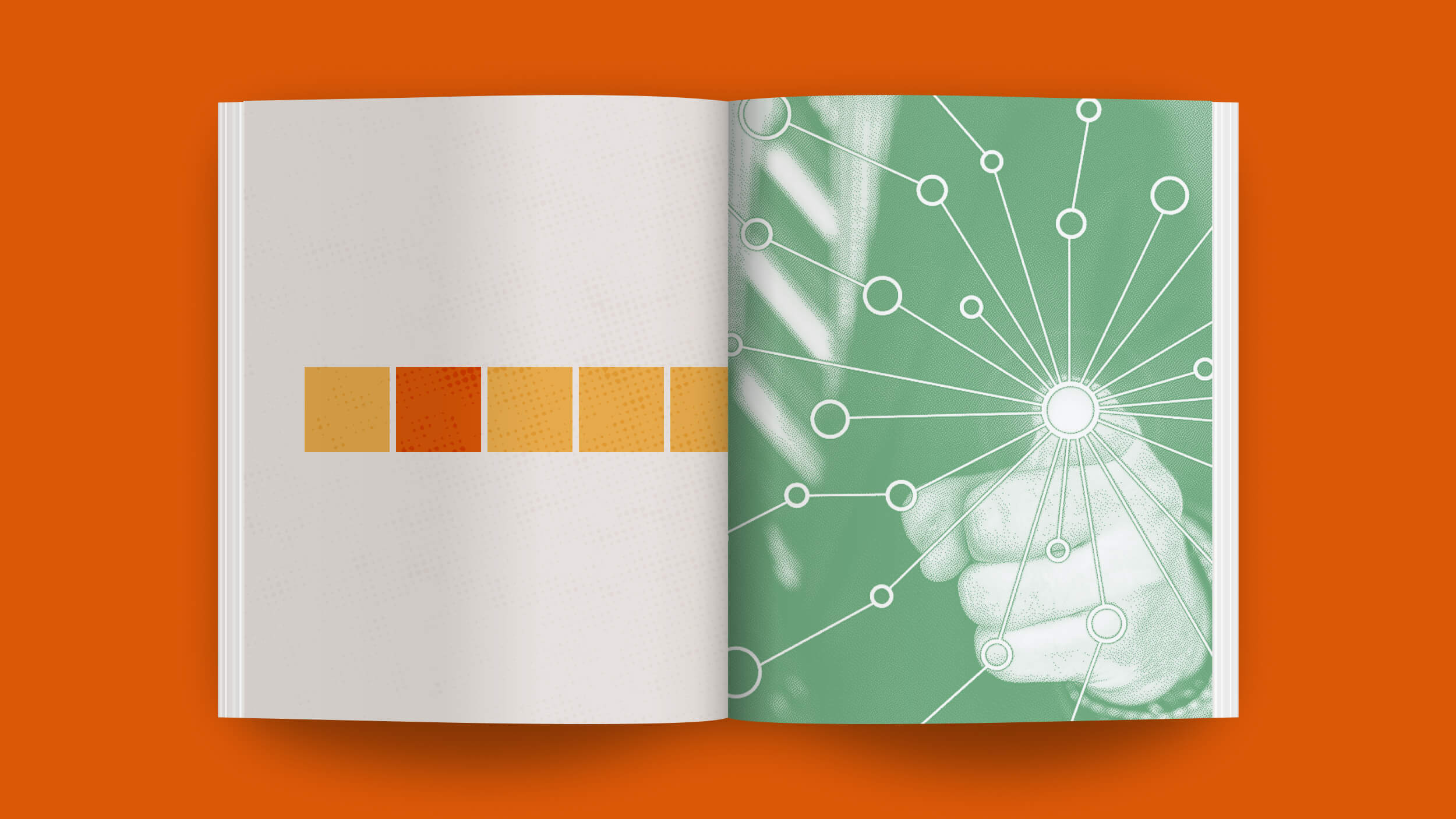IEPs shouldn’t just be about “Special Ed”

This is a guest post by Chris Dawson. Chris is a consultant, researcher, and freelance writer specializing in technology platforms that support education and healthcare. A longtime educator and activist, Chris believes that technology is a powerful catalyst for transforming education and likes nothing more than seeing great tech combine with great teaching to make learning happen in spectacular new ways. He currently writes for Ziff Davis, UBM Tech, and EDUKWEST, has too many fiction and non-fiction books in progress, and is about to move back to Seattle with his family, leaving the woods of New England behind.
Four of my five children have been on an IEP (Individual Education Plan) at one point or another in their lives. Kid #5 is only three, but I’m sure she won’t want to be left out. She never does.
Any glibness aside, two of my kids has speech impediments that a couple years of speech therapy in school (and associated IEPs) addressed handily. Two of my kids are on the autistic spectrum, though, and have carried their IEPs all the way through graduation. Overall, they did well (fortunately, they’re very high-functioning, one struggling with the social/emotional components of autism and the other with specific aspects of language processing) and their IEPs gave them access to special out-of-school programs, testing accommodations, etc.
The point in this context, though, is that only half my school-aged kids were provided with individualized accommodations to suit how they learned and provide settings where they could be successful. And if I’m being honest, even with IEPs, it took an extraordinary amount of parental advocacy (cajoling, threats, potato, potahto) to even get them access to the tools and programs they needed. Without those magical IEPs, my other two kids heard the same lectures, used the same materials, and learned at the same pace as all of their other peers, regardless of interest, ability, learning style, or motivation.
This isn’t to say that there aren’t brilliant teachers differentiating instruction (DI) for their students every day in many public schools. There are and I can’t applaud them them enough. I was in the classroom long enough to know that truly differentiating instruction is incredibly challenging even under the best of circumstances, while large class sizes, hetergeneous populations, discipline issues, and many other factors make it nearly impossible. I finally put my youngest son in a tiny private school where high levels of parental involvement, very small classes, and multigrade classrooms made authentic DI a matter of course.
DI, however, doesn’t just need to be reserved for special education students or those who are lucky enough to literally live next door to an innovative private school and get a generous dose of financial aid to send their kids for a brilliant personalized education. It can and should be happening at scale. If Amazon can personalize products it recommends based on customer buying habits or Google can deliver personalized ads, news, search results, and traffic information based on users’ automatically collected profiles, then surely we can give students materials and direct instruction based on their strengths and weaknesses, can’t we?
Set aside the creepy factor and any privacy concerns about Google and other online services that personalize our Web experiences for the moment. After the first two times I used the Dominos Pizza app to order pizza on a Friday night (Friday happens to be Pizza Night in the Dawson household), I started getting special offers and recommendations via email from Dominos every Friday afternoon. Creepy? Or totally useful and cool? Like I said, potato, potahto. Regardless, we can scale up and apply personalization technology to meet student needs, even when there are 33 kids in a classroom.
Dell, the Ed-Fi Alliance, InBloom, and many others are doing great things to build usable data stores, applications, and platforms for students and teachers. Kidaptive not only provides pre-schoolers with an engaging, adaptive learning experience on the iPad, but also provides feedback and suggestions to parents based on their progress in the app. Goalbook provides a great social platform for teachers to share student information and build a better IEP that is easily applicable to all students, whether they have special needs, are struggling to get by, or are struggling to find outlets for their academic talent. School districts are beginning to use enterprise-grade analytics platforms like IBM’s Cognos to predict, intervene, and prevent at-risk students from dropping out.
The technology is there, folks. We’re at a tipping point where business intelligence, decision support, and predictive analytics tools refined in the business world are now robust and user-friendly to the point that teachers, parents, administrators, and developers can begin leveraging them to easily personalize instructional practices, learning materials, and assessments for students, all in a largely automated fashion.
We’re not replacing teachers here. Instead, when there are 32 children in a classroom, wouldn’t it be handy for a system to automatically break students into 7 or 8 cohorts, recommend particular supplementary materials for each, outline standards-based activities appropriate to their strengths and weaknesses, and provide links to the best open educational resources matched to each cohort? The technology is there to do all of that. But instead, we’re building new assessments and collecting demographic and discipline information on our students, all the while teaching to the middle.
Enough. It’s time everyone had an IEP. The tech is there. Now where’s the money, effort, and wherewithal to do something with it?
Picture License 







